What is an etiological model CBT addiction approach? In psychology, an etiological model explains the root causes of a disorder. When applied to addiction treatment within Cognitive Behavioral Therapy (CBT), it helps identify how biological, psychological, and social factors combine to create and maintain addictive behaviors.
Understanding Etiological Models
The word etiology means the study of causes. An etiological model in addiction treatment explores why someone develops addictive behaviors—not just the symptoms. These models highlight the pathways that lead to substance abuse or behavioral addictions, making them critical for effective treatment planning.
Etiological Factors in Addiction
Biological Causes
- Genetic predisposition to reward-seeking or impulsivity
- Brain chemistry imbalances (dopamine dysregulation)
- Family history of substance use disorders
Psychological Causes
- Trauma or adverse childhood experiences
- Maladaptive coping strategies
- Co-occurring disorders like anxiety, depression, or PTSD
Social Causes
- Peer pressure or cultural normalization of substance use
- Poverty, stress, or unstable environments
- Lack of strong support networks
Link: What Is Addiction?
The Role of CBT in Addressing Etiology
CBT is one of the most effective treatments for addiction because it targets thought patterns and behaviors that keep the cycle alive.
How CBT Integrates Etiological Models:
- Identify triggers: Recognize environments or emotions linked to use
- Challenge thoughts: Replace self-defeating beliefs with healthier ones
- Behavioral strategies: Build coping mechanisms to handle cravings
- Prevent relapse: Teach long-term skills for resilience
Examples of CBT in Practice
- Cognitive Restructuring: Reframing negative beliefs like “I can’t cope without drinking” into “I can use healthier tools when stressed.”
- Behavioral Experiments: Testing new strategies (exercise, mindfulness) instead of falling into addictive behavior.
- Exposure Therapy: Facing triggers in controlled settings to reduce their power.
Why Etiological Models Matter
Without understanding the “why,” treatment risks being superficial. For example:
- A person with trauma history may relapse without addressing unresolved pain
- Someone with high impulsivity may need extra focus on self-regulation skills
- A patient with strong social influences may need family or group therapy
Link: Behavioral Addictions
Criticisms and Limitations
- Overgeneralization: Not all addiction follows the same pathway
- Stigma: Overemphasis on personality traits can create labels
- Complexity: Biological, psychological, and social factors interact in unique ways
Combining CBT with Other Approaches
- Medication-Assisted Treatment (MAT) for alcohol or opioid addiction
- Family therapy for addressing systemic issues
- Mindfulness-Based CBT for managing cravings
- Trauma-informed therapy for patients with PTSD
Link: Mental Health Support
Final Thoughts
An etiological model in CBT addiction treatment provides a roadmap for recovery. By looking at the root causes—biological, psychological, and social—therapists can create personalized treatment plans that not only reduce addictive behavior but also heal the underlying issues driving it.
References
- National Institute on Drug Abuse (NIDA): https://nida.nih.gov
- American Psychological Association (APA): https://www.apa.org/topics/addiction
- Beck, J. (2011). Cognitive Therapy of Substance Abuse



